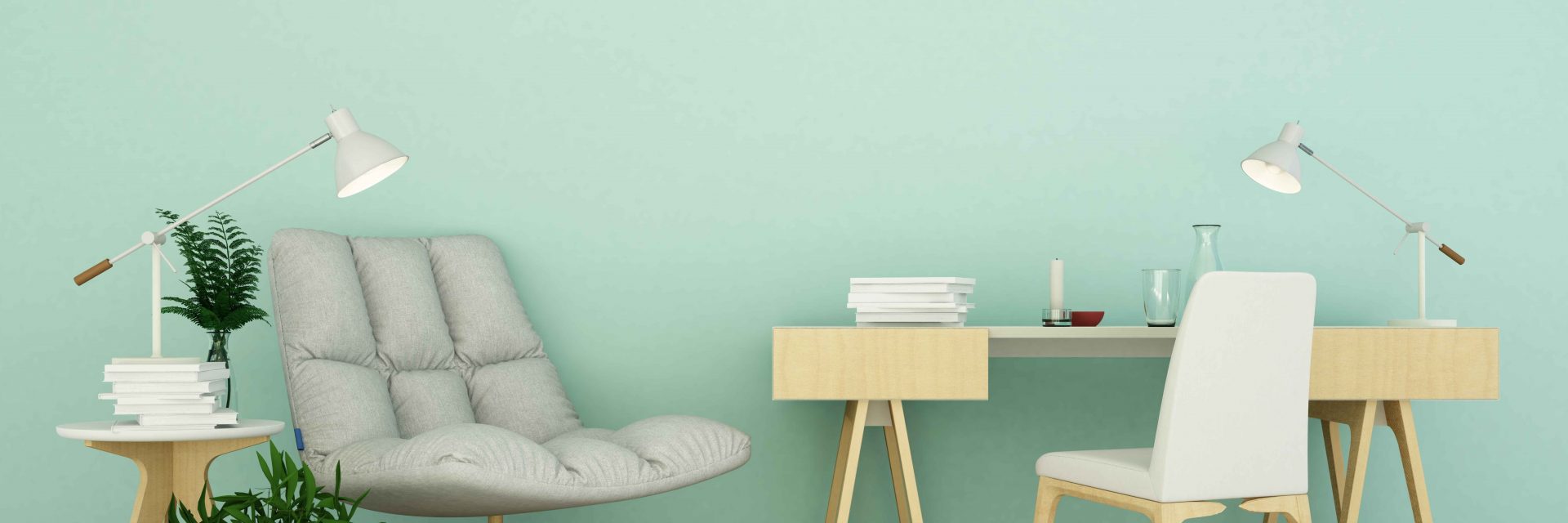A Relative Analysis Of Exterior And Interior Paint: Essential Distinctions And Applications
A Relative Analysis Of Exterior And Interior Paint: Essential Distinctions And Applications
Blog Article
Write-Up By-Reimer copyright
When you're choosing between exterior and interior paint, it's essential to recognize their basic distinctions that influence both efficiency and appearances. Interior paints are crafted for reduced VOC degrees and smoother surfaces, making them ideal for indoor areas, while outside paints are developed to withstand severe weather and UV exposure. Each kind serves an unique purpose, but recognizing when to use one over the various other can considerably influence your project's end result. So, what aspects should you think about when making your option?
Composition and Solution
When choosing between exterior and interior paint, understanding their structure and formula is vital. Inside paints normally consist of a reduced amount of unstable organic compounds (VOCs), making them more secure for interior air quality. simply click the next site 'll see they often have a smoother finish, which improves their ability to resist discolorations and enables much easier cleansing. They're developed to endure the rigors of interior environments, including varying humidity degrees and temperature level fluctuations.
On the other hand, outside paints are developed to withstand harsher conditions. They usually have higher degrees of pigments and additives to stand up to fading from UV rays, as well as to avoid mold and mold and mildew growth. Their make-up consists of extra binders and resins, which provide better attachment to surface areas subjected to the components. https://commercial-painters-near00098.blogcudinti.com/31442658/the-importance-of-hiring-qualified-drywall-professionals-for-your-upcoming-task ensures the paint can stand up to rainfall, snow, and fluctuating temperature levels without peeling off or fracturing.
Efficiency and Resilience
Assessing performance and durability is crucial when selecting between exterior and interior paint. Interior paint is created for surface areas that experience much less wear and tear. It commonly stands up to fading and scuffing, making it optimal for living areas and bedrooms. Nevertheless, it may not hold up well in high-moisture areas like kitchens and bathrooms without correct solution.
On the other hand, exterior paint deals with harsher problems. It's crafted to endure UV rays, rain, and temperature level fluctuations. This sort of paint frequently contains additives that stop mold and mold development, guaranteeing longevity in numerous climates. When you utilize exterior paint, you can expect it to last several years longer than interior paint, supplied it's applied correctly.
Another essential distinction hinges on the finish alternatives. Inside paints commonly have a range of surfaces for visual allure, while exterior paints focus on longevity over shine. If you're trying to find something that can deal with the elements, exterior paint is your best option.
In contrast, if you're focused on interior appearances with much less problem for extreme problems, indoor paint could be appropriate. Eventually, your option should straighten with the certain demands of the atmosphere.
Aesthetic Considerations
A fresh coat of paint can change an area, however aesthetic factors to consider play an important role in your choice in between interior and exterior choices. When you're selecting paint, think of the state of mind you want to develop. Inside paint permits you to explore a bigger series of shades and surfaces, allowing you to share your individual design and improve your home's setting. Whether you opt for soft pastels or vibrant tones, the right indoor paint can make your areas really feel relaxing, vibrant, or serene.
On the other hand, outside paint needs to straighten with your home's design and the surrounding setting. Here, you're not simply making a design statement; you're also taking into consideration curb appeal. Choosing colors that harmonize with your community can enhance your home's value and aesthetic allure. Bear in mind that outside paint is additionally subject to fading and climate changes, so selecting a classic shade can save you from constant repainting.
Eventually, think about exactly how each choice fits your vision. By aligning your paint option with your preferred visual, you can produce spaces that show your personality while preserving functionality.
Conclusion
When it comes to selecting paint, understanding the key differences in between interior and exterior alternatives is vital. Interior paints concentrate on appearances and low VOCs, making them excellent for enhancing your interior areas. In contrast, exterior paints are created for durability and climate resistance, safeguarding your home from the components. By considering your specific requirements and the environment, you can with confidence select the right paint to achieve the appearance and durability you prefer for your space.
